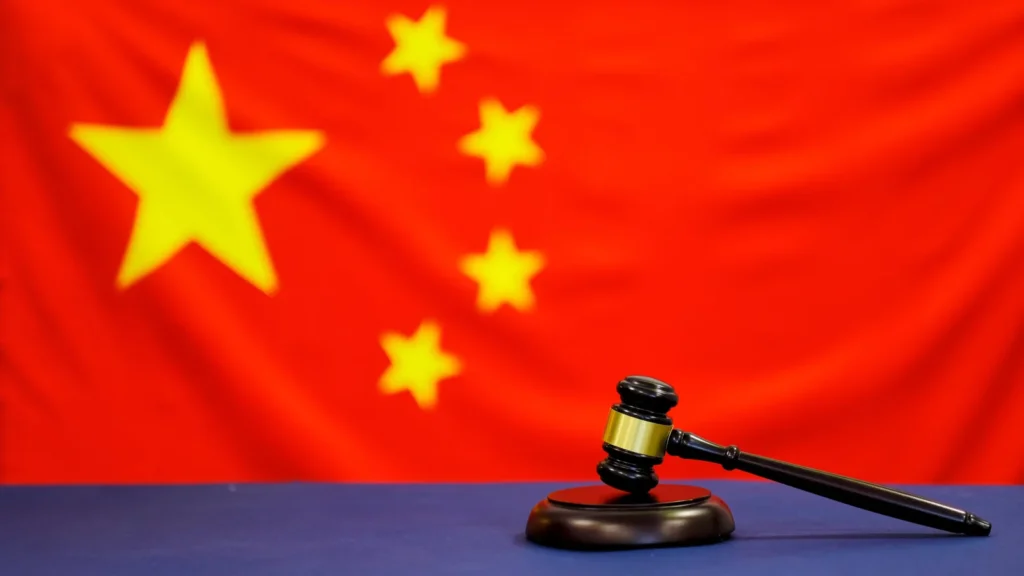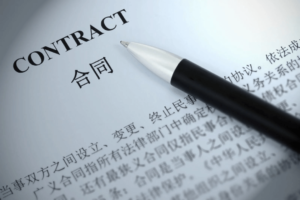Intellectual property protection is crucial for maintaining a competitive edge in today’s rapidly evolving global marketplace. In China, there are three types of patents: invention, utility model, and design patents. While design patents primarily protect the aesthetic appearance of products, invention and utility model patents focus on safeguarding the functionality and technical aspects of innovations. Here, we’ll explain how invention and utility model patents offer unique features tailored to different needs and explore how they secure different forms of technical innovation.
Table of Contents
Toggle1. Subject Matter
The subject matter covered by invention patents and utility model patents is a primary distinction between the two forms of intellectual property.
Invention Patents
Invention patents have broad coverage, protecting a wide array of technological innovations. They encompass:
- Products: Novel physical products with unique designs or functions are protected. This includes mechanical devices, electronic gadgets, and appliances with distinctive features.
- Methods: They safeguard innovative methods or processes that can streamline production, improve quality, or enhance efficiency. This could be in manufacturing, biotechnology, or any other technical field.
- Compositions of Matter: New chemical compositions, such as pharmaceuticals, synthetic materials, or novel compounds, fall under this category. It could involve developing entirely new molecules or modifying existing compounds to enhance their properties.
- Software-Based Inventions: While software per se is not directly patentable, inventions involving a significant technical contribution involving software, such as control systems, data processing algorithms, or specialized computer systems, can be protected.
Due to this comprehensive scope, invention patents are particularly suited to high-tech industries and products demanding extensive research and development, such as biotechnology, pharmaceuticals, electronics, and telecommunications.
Utility Model Patents
On the other hand, utility model patents focus on tangible products and do not cover processes or chemical compositions. Their protection extends to:
- Shape: The external form of a product, such as ergonomic handles or aerodynamic designs, is protected.
- Structure: The internal arrangement or layout that enhances functionality, such as the innovative arrangement of components in a machine or tool.
- Combination: The combination of shape and structure to yield a new, improved product.
Since utility model patents cover only physical products’ structural and design features, they are ideal for protecting practical, incremental improvements to existing devices or tools. They are frequently used for consumer goods, machinery, or other products where minor enhancements can significantly impact functionality or user experience.
3. Examination Process
The examination process is a crucial phase in determining whether an invention or utility model patent will be granted. Each type undergoes a distinctly different scrutiny level, reflecting their unique purposes.
Invention Patents
Applications for invention patents undergo a rigorous substantive examination conducted by the China National Intellectual Property Administration (CNIPA). This examination assesses key criteria like:
- Novelty: The invention must be new and not disclosed in any prior art. This involves a thorough search through global databases and previously filed patents to ensure the invention is genuinely original.
- Inventiveness: The invention must involve a significant inventive step, ensuring that it is not an obvious improvement to someone skilled in the field.
- Utility: The invention must be practically applicable and capable of industrial or commercial use.
The process is meticulous, with examiners carefully scrutinizing each application for compliance with these high standards. Applicants may receive office actions requiring them to clarify or modify their applications, and they have opportunities to respond to these objections. This comprehensive review aims to filter out weak applications, ensuring that only those meeting the highest standards receive protection.
Utility Model Patents
Unlike invention patents, utility model patents do not undergo a substantive examination. Instead, the CNIPA conducts a preliminary examination focusing on formalities. This assessment includes:
- Formal Requirements: Ensuring that the paperwork is complete, the descriptions are clear, and the claims are accurately defined.
- Basic Guidelines: Checking that the application adheres to basic guidelines such as payment of fees and compliance with procedural requirements.
This simpler examination ensures that the process is swift, providing protection for innovations without rigorous scrutiny. However, the patent’s validity can still be challenged after issuance, often through a separate evaluation process if enforcement or litigation is pursued.
4. Time to Grant
The differences in the examination procedures naturally affect how long it takes to secure each type of patent.
Invention Patents
Due to the comprehensive and meticulous examination process, invention patents typically require 1.5 to 3 years to be granted. The timeline can vary based on:
- Complexity of the Invention: More complex inventions may require additional office actions or rounds of responses.
- Applicant’s Responses: The time applicants take to respond to CNIPA’s queries or objections can affect the total processing time.
- Backlog and Processing Capacity: The volume of applications and CNIPA’s processing capacity can also impact the timeline.
Utility Model Patents
The lack of a substantive examination accelerates the process for utility model patents. On average, these can be granted within 4 to 12 months from filing. This rapid timeline results from:
- Simplified Examination: Focusing only on formal requirements allows for faster decisions.
- Demand: High demand for swift, practical protection for incremental innovations means that applications are processed quickly to meet market needs.
Ultimately, the streamlined process provides innovators with quicker market access and competitive advantages. However, this comes at the cost of a potentially less robust patent, requiring careful evaluation before enforcement.
5. Term of Protection
The term of protection is a pivotal consideration when assessing the value of patents for inventors and businesses. Different patent types offer varying degrees of exclusivity, which are crucial for strategic planning.
Invention Patents
Invention patents provide a substantial 20-year protection period from the filing date, granting long-term security and exclusivity that is invaluable for innovations requiring significant investment in research and development. Key aspects include:
- Long-Term Security: The 20-year term aligns with the timelines and investment cycles of industries such as pharmaceuticals, electronics, and manufacturing. For instance, pharmaceutical companies rely on this long protection to cover their intensive research, clinical trials, and regulatory approval processes. The extended term ensures innovators can recover their R&D expenses and enjoy market exclusivity, leading to substantial returns.
- Market Impact: The extended protection period provides businesses ample time to establish their products in the market and build strong brand recognition. This creates a significant competitive barrier for potential imitators and enables companies to implement long-term commercialization strategies with a reduced risk of immediate competition.
- Investment Attraction: The 20-year exclusivity offers a compelling proposition for investors, strategic collaborators, and licensing partners. The certainty of prolonged protection provides ample opportunity for companies to generate revenue from the innovation, making it easier to attract partnerships and investment funding.
Utility Model Patents
Utility model patents offer a shorter protection term of 10 years from the filing date. This shorter exclusivity period aligns with the nature of the incremental innovations they cover, catering to different business needs. Key features include:
- Faster Turnaround: The shorter 10-year term is ideal for incremental innovations in industries that frequently iterate their products, such as consumer goods, tools, and machinery. This allows businesses to capitalize on rapid product improvements and secure protection without the lengthy examination process.
- Shorter Market Life: Incremental innovations often have a limited commercial lifespan due to evolving technologies and consumer preferences. The 10-year protection period aligns with this market reality, ensuring that businesses receive the necessary coverage without incurring unnecessary long-term maintenance costs.
- Reduced Costs: The shorter protection term results in lower overall maintenance fees, making utility model patents cost-effective for those seeking quicker protection that requires fewer resources. The simplified application process also minimizes upfront costs, providing an attractive option for businesses focused on efficient innovation.
6. Enforceability
Enforceability is a key consideration for any patent, as it determines the ability to defend intellectual property rights in potential disputes.
Utility Model Patents
- Validity Evaluation: Before initiating enforcement actions, utility model patent holders must obtain an evaluation report from the CNIPA to confirm the validity and patentability of their patent. This added layer of scrutiny ensures that the patent is defensible in potential litigation, providing a strong basis for asserting rights.
Invention Patents
- Inherent Strength: Invention patents, once granted, are considered inherently stronger due to their comprehensive examination process. This thorough scrutiny by patent examiners often leads to higher damages being awarded in successful litigation, reinforcing their value in protecting valuable intellectual property.
Conclusion
In conclusion, while utility model patents and invention patents in China offer distinct protections, understanding their differences is crucial for innovators to navigate the country’s intellectual property landscape effectively. Utility model patents offer faster protection with a lower inventiveness requirement, catering to smaller, incremental innovations. Meanwhile, invention patents, with their higher standards and comprehensive examination, provide longer-term and stronger protection for those making significant technological advancements.
Choosing the right type of patent depends on the nature of the innovation, the competitive landscape, and strategic business objectives. Both types play an essential role in fostering innovation and protecting intellectual property in China’s dynamic economy.








